These are places that, by definition, prioritize function over form. Yet, their colors, textures, symmetrical patterns and converging lines reveal a surprising — if entirely accidental — beauty.
For the past eight years, the British photographer has traversed the world capturing everything from wind tunnels and echoless chambers to machines that test shoes, press vinyl records and polish glasses frames. He has visited factories producing razor blades, loudspeakers, sex dolls and sausages, among much else.
The resulting book, “Unintended Beauty,” brings together almost 100 of the images, uncovering the simple aesthetic appeal hidden in apparent complexity. But Wiper hopes his viewers look deeper.
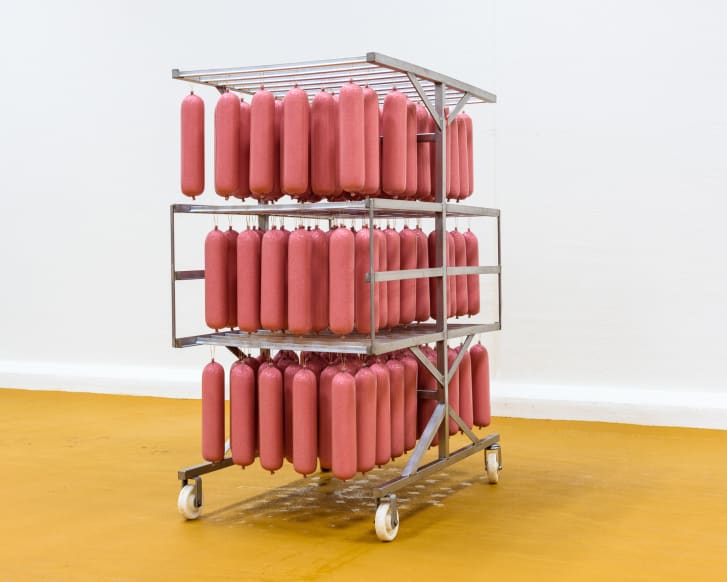
“The satisfying thing, for me, is that the pictures show something genuinely interesting, or something that people don’t get to see every day but has a meaningful effect on the world we live in,” he said in a phone interview from his home in Copenhagen.
“You have this first layer of graphical symmetry, and the visual aesthetic part of it. But then there’s another layer of ‘what’s actually happening here?’ You start to think about how it affects your life. I’d like people to think that deeply about it.”
To this end, the book features a foreword by Marcelo Gleiser, a physicist specializing in cosmology and high-energy physics, complexity theory and astrobiology. In it, he reflects on how these visually pleasing devices may have come to be.
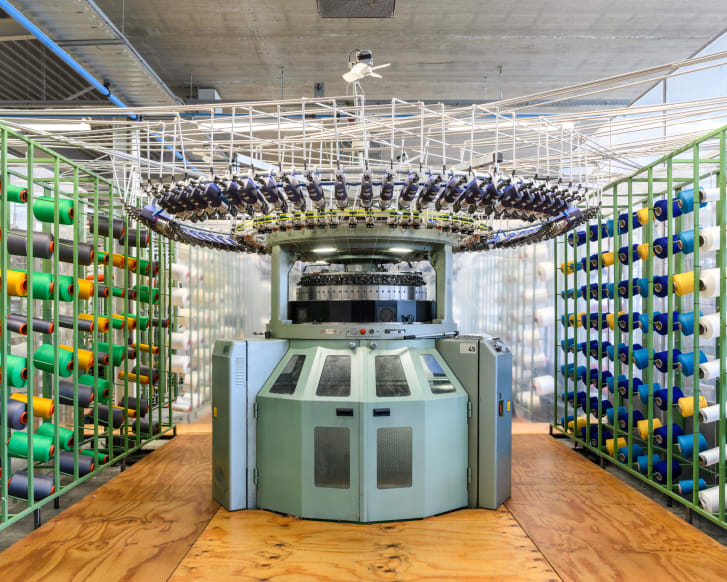
“Straight lines, sharp edges, perfect curves, circles, cubes, spheres — these are not forms we see in nature,” Gleiser writes. “They are mathematical approximations to what we see: abstractions we have devised to organize and map the parts of the world we can sense and measure.
“We (humans) represent reality with such perfect and proportionate shapes and forms because they are easier to manipulate and use for counting and measuring.”
Beauty in complexity
Despite viewers’ best efforts, the contraptions in some of Wiper’s photos will remain unfathomably complex. Take, for instance, the radio telescope at Jodrell Bank Observatory in the UK, or a section of a particle accelerator at CERN, the European Organization for Nuclear Research in Geneva.
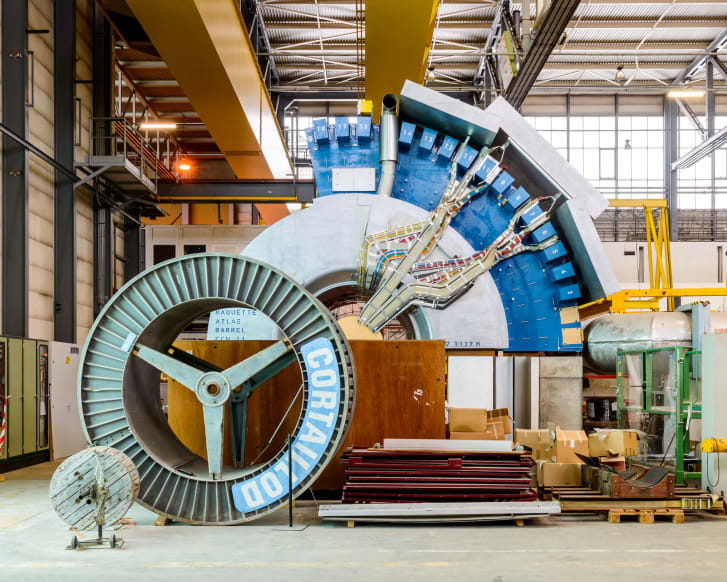
But others, like a shoe factory in Indonesia or a Danish cheese plant, create consumer products that are, at least, recognizable. These images serve to expose our dissociation from the science and technology underpinning our modern lives.
The photographer’s approach reflects an insatiable curiosity about how things are packaged, powered and produced. But his ability to communicate this through pictures is the result of his keen eye, plenty of patience and the type of glass-half-full optimism required to find flashes of beauty in otherwise unattractive settings. (Although Wiper said he can end a day-long shoot with just a single shot for the series, it’s “very, very rare” that he leaves with nothing.)
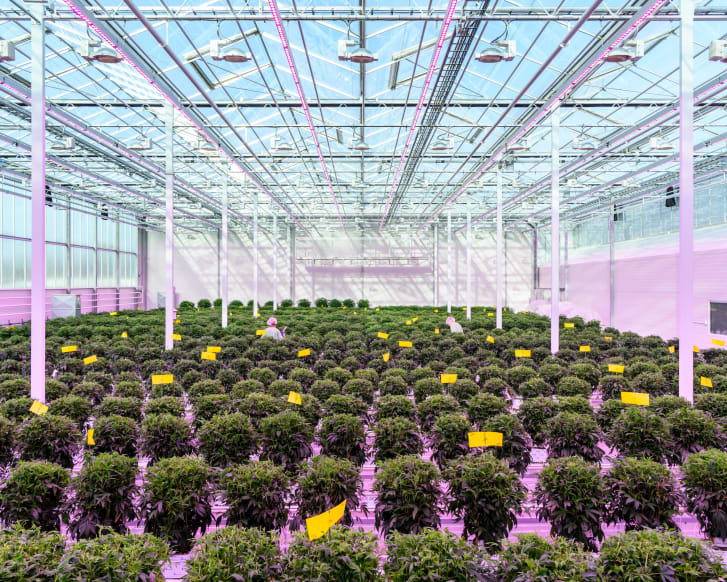
Clever compositions also have a role to play. But the photographer argued that despite focusing his lens on what looks good, often at the expense of all else, he’s “not cheating you into thinking that an ugly place is beautiful.”
“The book is a celebration of human ingenuity and eccentricity, and the way we think outside the box to solve problems and answer questions,” he added.
Eye of the beholder
Like beauty itself, however, the photos possess a subjective ambiguity.
One image that has proven especially controversial (and earned Wiper the ire of animal rights activists) shows perfectly arranged rows of of pigs’ corpses hung up in a slaughterhouse. The soft lighting and smooth skin somehow distract from the raw flesh visible through long slits down the animals’ bodies.
What if, rather than finding beauty in unexpected places, the photo sugarcoats a process that, to some, is inherently ugly or immoral?
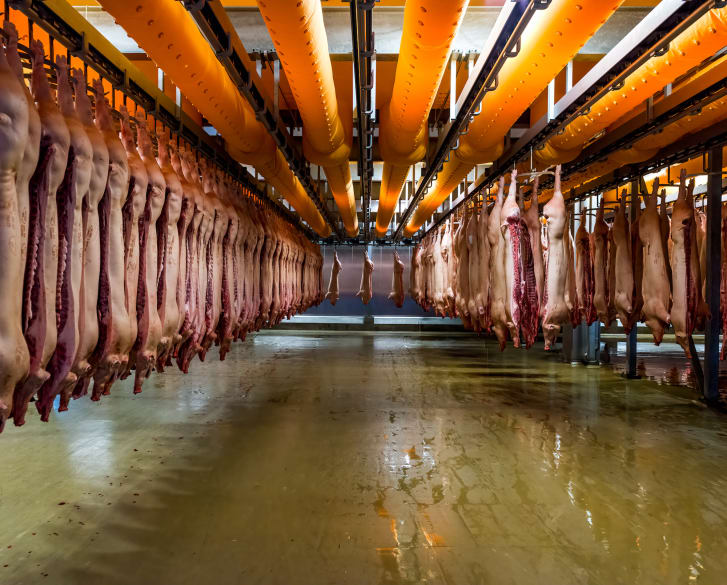
“I think that’s a very interesting question — what is beautiful about this?” Wiper asked. “I see an aesthetic beauty in the symmetry, the colors and the figures. But I also have a full appreciation that a vegan or vegetarian — for whom the idea of killing pigs may make this as bad as if there were humans hanging there — might think it’s the most disgusting thing they could imagine.”
Yet Wiper, himself a former vegetarian, argues that viewers can hold both views simultaneously without contradiction. And while he admits to intentionally provoking and exploring taboos through his work, he argues that — just as people might benefit from knowing how consumer products are made — meat eaters should face the industry’s realities.
“This is something that happens all over the world,” he said. “I don’t see anything wrong with me showing this and making people think, ‘Is that where my meat comes from?’ … Showing these pictures will probably help (animal rights activists’) cause more than hinder it.
“It’s important for me that people who eat meat appreciate where it has come from and how the animal has been killed. People who can’t look at that picture but still want to eat the meat, shouldn’t be allowed to.
“It’s very emotive — there are a lot of layers to it. But for me there’s a beauty, otherwise it wouldn’t be in the book.”
Credit: Source link